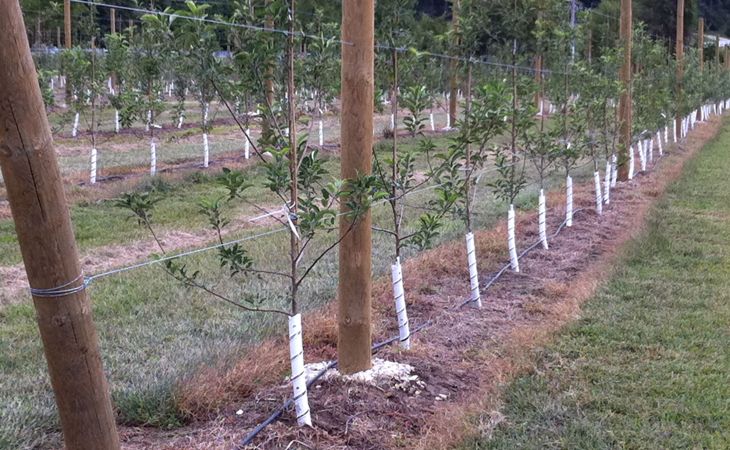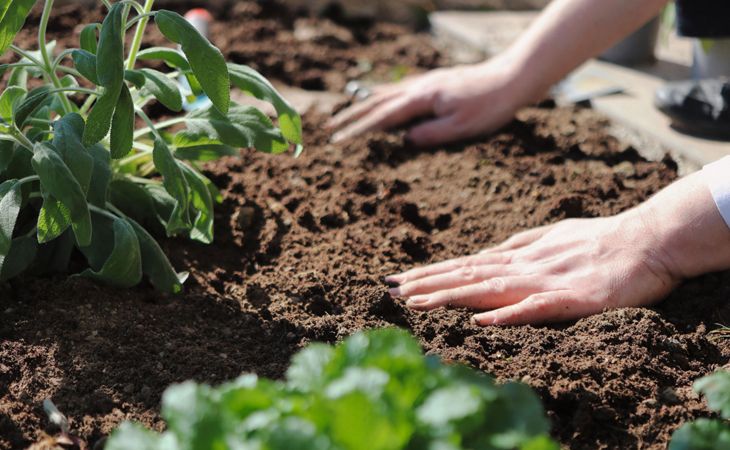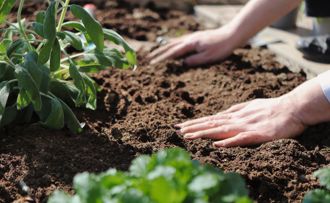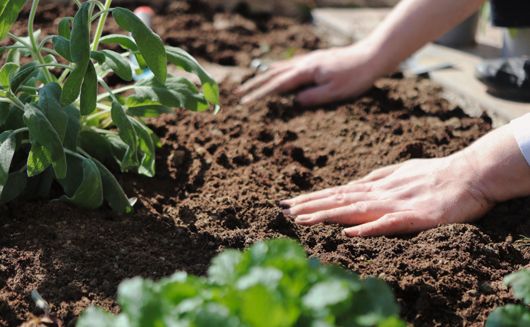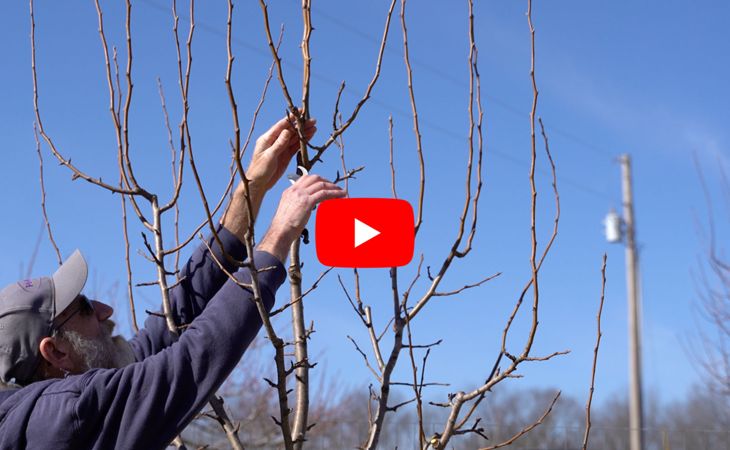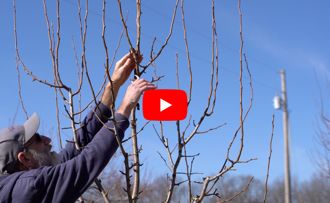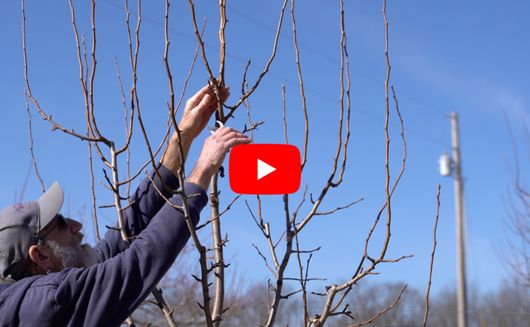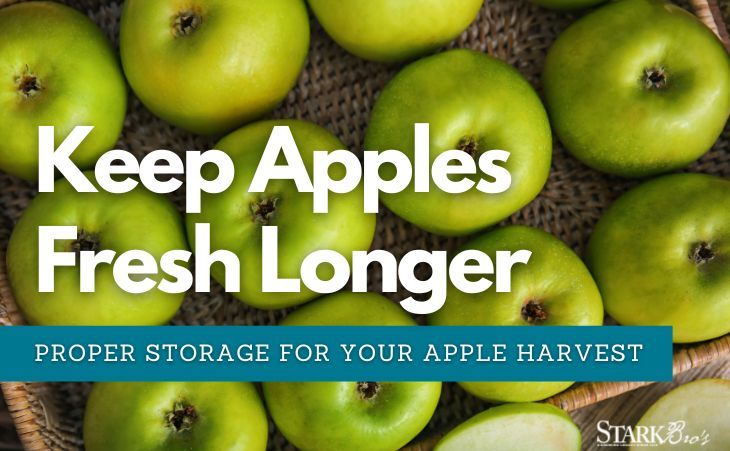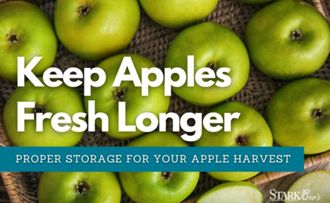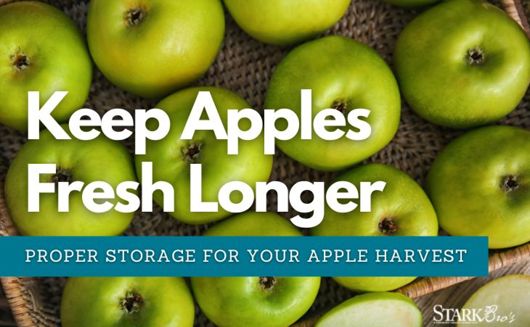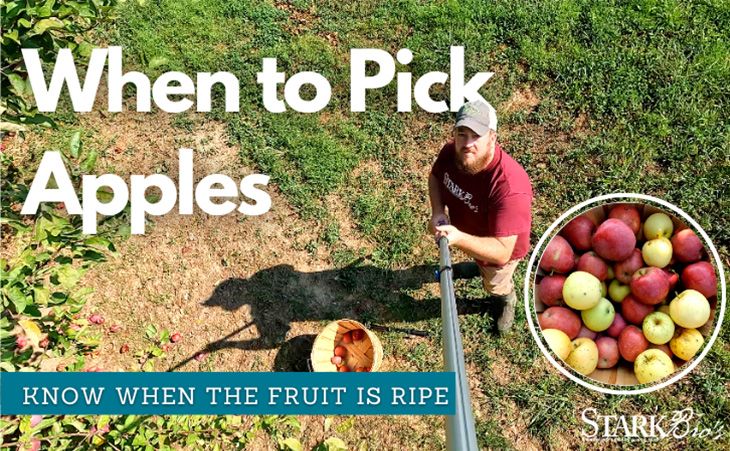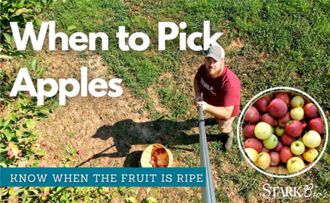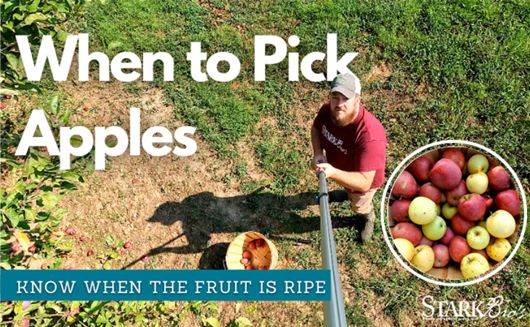Fertilizing Organic Fruit Trees
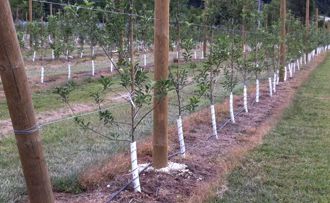
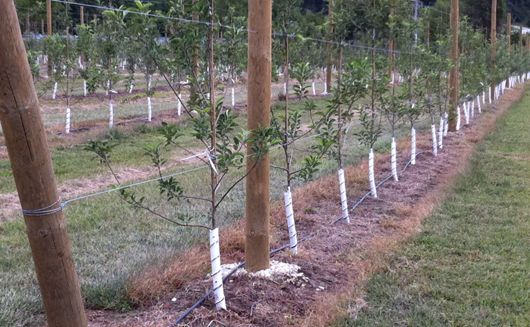
All fruit trees need food. They can get it from natural or artificial sources, and if you’re an organic gardener, you're going to prefer the natural route. While it might take a little more time to plan and maintain a sound organic feeding schedule, it will be worth every minute and dollar you spend. Yes, organic fertilizers also cost more because of what they're made of; silk is more expensive than polyester, and for good reason.
Natural and synthetic fertilizers also work differently. The main difference is that organic fertilizers are gentler and slowly decompose over time, feeding your trees at a more consistent rate. While very convenient, conventional fertilizers are like vitamin B12; they give the tree an immediate boost, but are used up quickly and usually require multiple applications.
Fertilizer composition is generally measured by N-P-K (the three numbers you see on a fertilizer bag). The letters stand for Nitrogen (green growth and energy storage), Phosphorus (roots, flowers and fruit) and K (the chemical symbol for potassium) which affects size, shape, color and flavor. Organic fertilizers are less concentrated than synthetic fertilizers because their natural components take time to break down before they're available to the plant.
How to tell if your tree is "hungry"
Unlike your azaleas or tomatoes (which need a certain amount food at regular intervals), fruit trees don’t always require fertilizer every year. Some years they require less than they did the year before. To accurately determine how much to feed your fruit trees, you’ll want to measure them:
- Find the growth ring on a branch, which is the place the tree started growing last year. This year's growth is usually easy to spot because the bark is lighter than the older growth.
- Measure the new growth from the ring to the branch tip on 6 different branches.
- Now add up the 6 measurements and divide by 6 to get the average annual tree growth for that tree.
Do this for every tree, even if they're the same age and variety. Individual trees have individual needs, and over or under feeding them can cause distress. Now see the Average Fruit-Tree Growth chart. If your branch measurement falls in the middle or toward the low end for your tree type, it needs fertilizer. If your measurement falls toward the high end, save the fertilizing chores for next spring. Overfeeding can cause a lot of rapid growth which could weaken the tree and sap energy away from producing fruit.
Average Annual Fruit Tree Growth
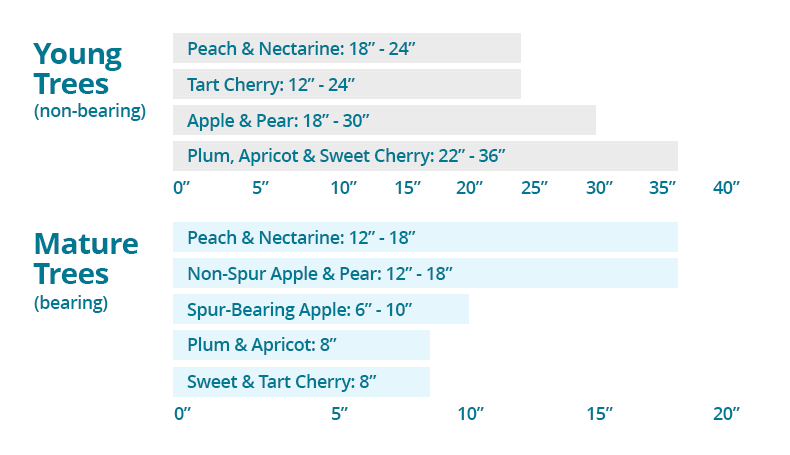
What does what?
Unlike other growing/edible plants, fruit trees like a high-nitrogen diet. Here is a roundup of the best organic fertilizer types:
Blood meal: N-P-K = 13.25-1-0.6
A dry powder. Blood meal is one of the highest organic sources of nitrogen available, and has the added benefit of repelling deer, rabbits and skunks.
Soybean meal: N-P-K = 7-2-0
This high-nitrogen fertilizer that also contains small amounts of phosphorus and calcium.
Cottonseed meal: N-P-K = 6-0-4
Good source of nitrogen, plus it aids in the formation of beneficial bacteria and slightly acidifies the soil.
Feather meal: N-P-K = 13-0-0
The second-best organic nitrogen source, but because the nitrogen comes from the protein keratin, it is a slower-release form of nitrogen.
Alfalfa meal: N-P-K = 3-2-3
A slow-release nitrogen source.
Bone meal: N-P-K = 3-15-0 (may vary depending upon production method)
Adds essential phosporus to soil for root, stem, bloom and fruit production.
Greensand: N-P-K = 0-0-3
A naturally-occurring mineral that adds potassium and also acts as a soil conditioner.
Fruit trees also need macro/micronutrients and trace minerals. Compost does the best job of delivering these, or use kelp meal as a second choice. A calcium supplement (for apple trees, especially Honeycrisp) may be required if you're having a problem with bitter rot.
To determine exactly what your soil needs, you should perform a soil test for both nutrients and pH at the beginning of every growing season.
The best time to fertilize is...
Not in the fall, or even late in the summer. You don't want to stimulate new growth that could be damaged by the hard freezes to come. Fruit trees like to be fed between late-February/early March (just before bud-break) and July 1. Then stop. It's tempting to keep feeding them, but they won't starve. You will do a disservice to your tree and weaken it by feeding it after July 1. Also do not fertilize:
- If you've pruned back more than 20% of the canopy that year
- If the tree growth is at the high end of the chart's range for that species
Cover crops as fertilizer - and more
Best gardening practices suggest keeping your garden and fruiting trees weed-free, so that the weeds don't steal nutrition away. So why would you intentionally plant anything over the soil around your fruit trees? Cover crops are different. They are specific types of plants that actually fix nitrogen in the soil (rather than taking it out) and help to crowd out weeds. They act as a fertilizer, but also act as a weed barrier, an erosion deterrent, attract bees and butterflies and host beneficial insects. The most popular cover crops are vetch, winter rye, clover and any kind of legume: beans, peas, soybeans, alfalfa, etc. (also referred to as "green manure").
If you’re looking for nutritional supplements for your fruit trees that isn’t synthetically manufactured, we carry a wide-ranging line of OMRI-listed organic products, including these fertilizers and supplements:
- Article Categories:
- How To Grow
- Organic Gardening

